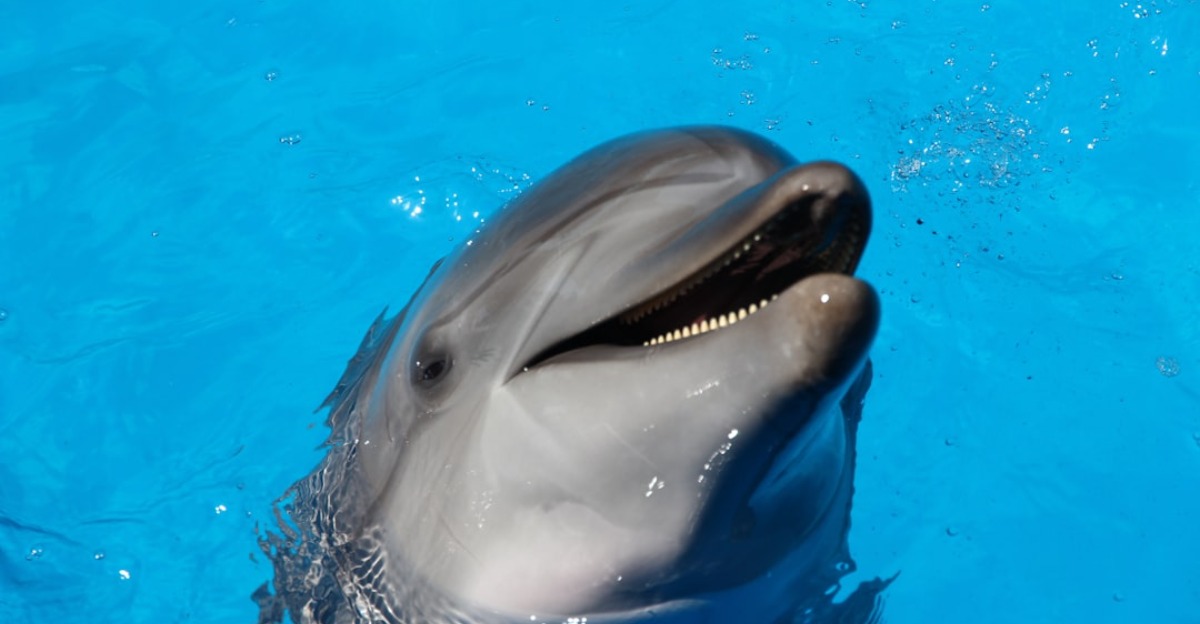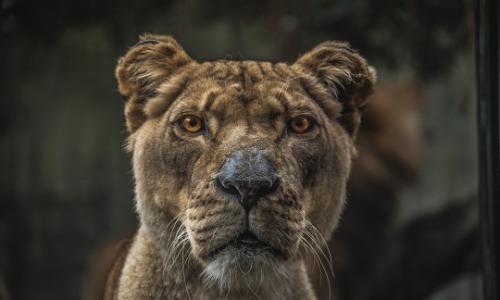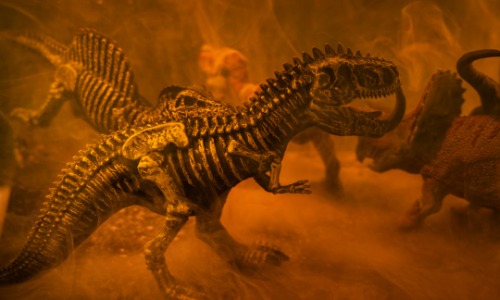3 Surprising Facts About Dolphin Class or Kids
3 Facts About Dolphin Class or Kids You Need to Know
Dolphins are incredible creatures known for their intelligence, social bonds, and playful nature. They’re favorites among kids and adults alike! Let’s jump right into 3 amazing facts about dolphins that will leave you awestruck:
Takeaway: Top 3 Dolphin Facts for Kids
-
Dolphins “See” with Sound: Using echolocation, dolphins can find objects in complete darkness and even distinguish between textures like smooth fish scales or rough rocks!
-
Dolphins Share Skills: Dolphins don’t just learn new tricks—they also teach each other, sharing hunting techniques within their pods.
-
Dolphins Are Masters of Play: Dolphins have been seen surfing waves, leaping high out of the water, and even playing with bubble rings like underwater toys.
1. How Dolphins Use Echolocation
Echolocation is a built-in “superpower” that dolphins use to navigate, hunt, and explore. Here’s how it works:
- Making Clicks: Dolphins produce clicking sounds from their blowhole.
- Echoes Return: The sound waves bounce off objects like fish or coral and travel back to the dolphin.
- Understanding the World: By analyzing the echoes, dolphins can “see” the size, shape, distance, and even texture of objects underwater.
Surprising Fact: Dolphins can tell the difference between an empty and a full fish net using echolocation!
2. Dolphin intelligence: clever creatures!
Dolphins are problem solvers, teachers, and even innovators. Here are some incredible examples of their brainpower:
- Tool Use: In Shark Bay, Australia, dolphins use sponges to protect their noses while digging for fish along the seabed (Smithsonian Magazine).
- Teaching New Skills: Dolphins in pods share hunting tricks, like creating “mud rings” to trap fish in shallow waters.
- Learning from Humans: In research studies, dolphins have learned how to mimic human movements and gestures, proving they can understand complex tasks.
- Games and Fun: Dolphins have been observed tossing seaweed to one another as a form of play!
3. Dolphin Social Life: Living in Pods
Dolphins thrive in social groups called pods, where they form strong connections:
- Pod Size: Most pods include 10-15 members, but sometimes pods merge to form a “superpod” of hundreds of dolphins!
- Friendship Bonds: Dolphins form lifelong friendships, and they often stick together to protect each other from predators.
- Helping the Injured: Dolphins are known to care for injured pod members, a sign of their empathy and strong social bonds.
4. Dolphins’ Life Cycle
Dolphins grow through several important stages:
- Baby Dolphins (Calves): After a gestation period of 10–12 months, dolphin calves are born tail-first and immediately swim to the surface to take their first breath.
- Learning Years: Calves stay close to their mothers for 3–6 years, learning how to hunt, communicate, and socialize.
- Long Lives: Bottlenose dolphins can live for 40–60 years, with females often outliving males (We Are Teachers).
5. Fun and Surprising Facts About Dolphins
Here are a few facts that are sure to amaze:
- Dolphins can hold their breath for 5 to 7 minutes and dive to depths of over 1,000 feet.
- Some dolphins, like the Amazon River dolphin, are pink in color due to the unique blood vessels in their skin (WWF).
- Dolphins can recognize themselves in mirrors, proving their self-awareness—a rare trait among animals (Discover Magazine).
- Orcas (killer whales), the largest dolphins, can swim up to 34.5 mph, making them the fastest marine mammals.
6. Conservation: How Humans Impact Dolphins
Dolphins face many threats caused by human activities:
- Fishing Nets: Over 300,000 dolphins and whales die each year from getting caught in fishing gear (WWF).
- Plastic Pollution: Dolphins often mistake plastic waste for food, which can lead to injuries or even death.
- Tourism: Dolphin-watching tours sometimes disturb their natural behaviors, causing stress or even separating calves from their mothers.
What Kids Can Do to Help
- Join a Cleanup: Participate in beach cleanups to remove harmful trash.
- Use Less Plastic: Reduce single-use plastics like straws, bags, and water bottles.
- Spread Awareness: Share what you’ve learned about dolphins with friends and family.
- Support Organizations: Help groups like WWF and Dolphin Project that work to protect dolphins.
7. Dolphin Species Diversity
There are over 40 species of dolphins, each with unique characteristics:
- Bottlenose Dolphin: The most well-known and social species.
- Spinner Dolphin: Famous for their acrobatic spins out of the water.
- Amazon River Dolphin: A pink, freshwater species found in the Amazon River.
- Orca (Killer Whale): The largest dolphin, known for its intelligence and hunting skills.
FAQs About Dolphins
Q: How do dolphins communicate?
A: Dolphins use unique whistles, clicks, and body movements like tail slaps to “talk” to each other (NOAA).
Q: What do dolphins eat?
A: Dolphins eat fish, squid, and crustaceans. Orcas, the largest dolphins, even hunt seals and penguins (Smithsonian Ocean).
Q: How long can dolphins hold their breath?
A: Dolphins can hold their breath for 5–7 minutes, but some species can dive for up to 10 minutes at a time (National Geographic).
Conclusion
Dolphins are truly extraordinary animals with unique abilities, strong social bonds, and playful behaviors. They inspire curiosity and remind us of the importance of protecting marine life. By learning more about them and taking action to conserve their habitats, we can ensure that dolphins continue to thrive for generations. Share these fun dolphin facts for kids to spark excitement and awareness about these amazing creatures!






